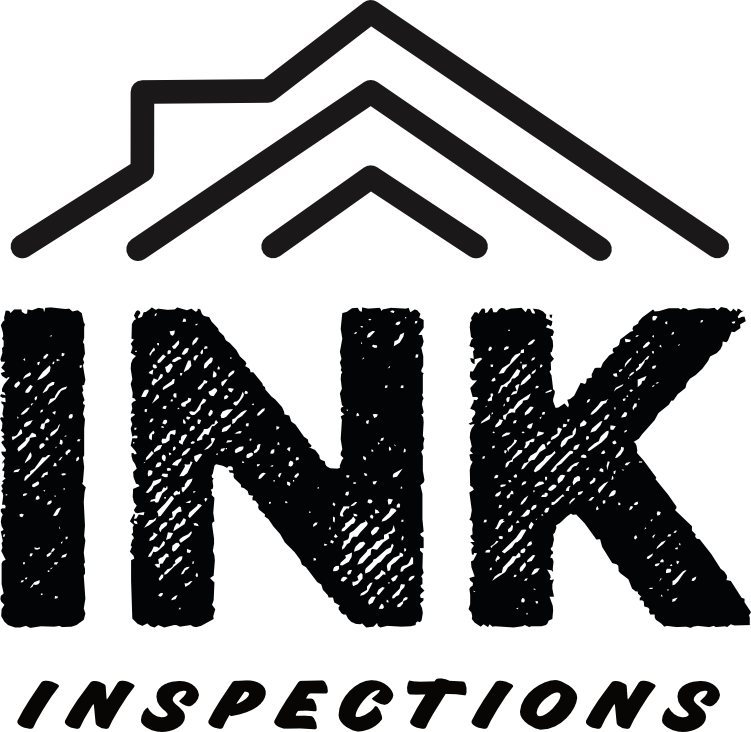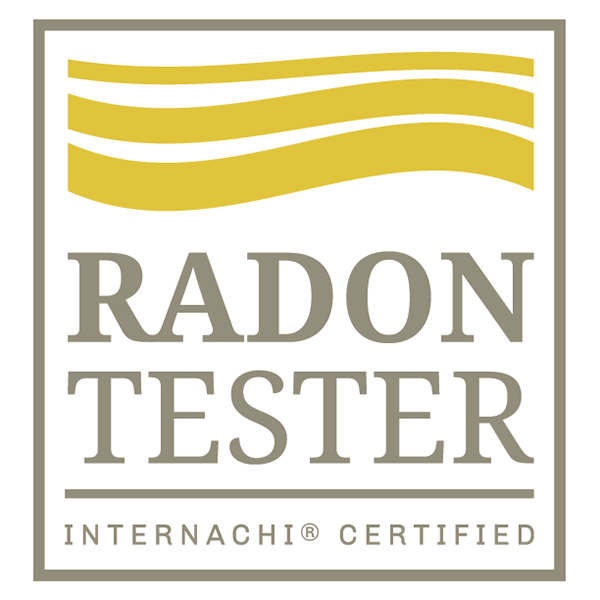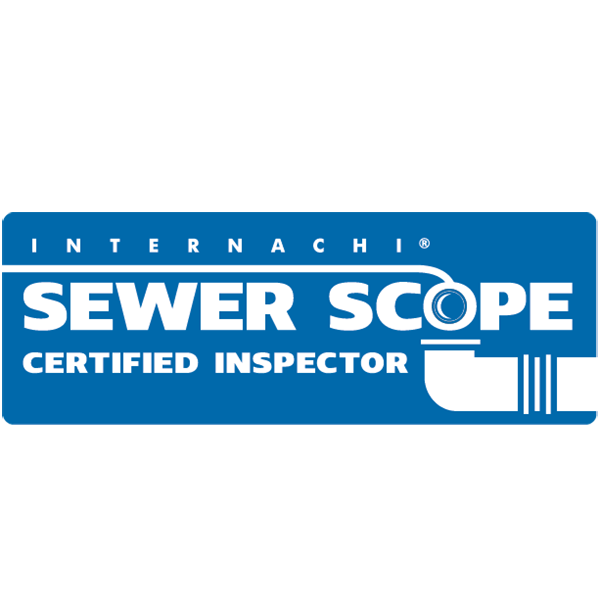Kentwood, Michigan Home Inspections
Ink Home Services proudly provides home inspections in Kentwood, Michigan.
Kentwood is one of the most diverse, fast-growing cities in Kent County. Located directly southeast of Grand Rapids and home to popular neighborhoods like Brookwood, Bailey’s Grove, Mapleview, Princeton Estates, and the 28th Street corridor, Kentwood offers a strong mix of older homes, mid-century subdivisions, townhomes, and newer family developments.
Danny Geurink with Ink Home Services has been inspecting homes throughout Kentwood and the greater Grand Rapids area for years. My goal is to give you a clear, detailed picture of the home you’re considering — not scare you, not sugarcoat anything, but give you honest, straightforward information you can use to make a confident decision.
If you’re looking to hire a top-rated home inspector familiar with Kentwood’s neighborhoods, mixed-age housing, and typical construction styles, click below to view pricing, check availability, and schedule online.
Links for more information about Kentwood:
Ready to schedule? Click the button Below!
Common Home Inspection Issues in Kentwood, Michigan
Kentwood features a large number of homes built between the 1950s and early 2000s, along with newer developments and townhome communities. Because of this mix, several issues tend to appear frequently during inspections. Here are some of the most common concerns I find in Kentwood homes:
1. Furnace, A/C, and Mechanical System Age
Many Kentwood homes still operate with original or older mechanical equipment, especially homes built from the 70s through early 2000s. Common findings include:
Furnaces and A/C units reaching the end of their service life
Improper exhaust venting or rust on furnaces
Older water heaters with corrosion or slow performance
Blocked or disconnected dryer vents
Poor return-air design in older homes
Even when equipment is functioning, age and efficiency are major considerations for buyers.
2. Roof Wear and Attic Ventilation Problems
Kentwood’s climate and variety of roof styles result in repeated concerns such as:
Granular loss and aging shingles
Poor attic ventilation leading to condensation or mold growth
Undersized or improperly placed roof vents
Past ice-dam damage at soffits and eaves
Older flashing around chimneys or wall intersections
Proper ventilation is one of the most overlooked issues and shows up frequently on Kentwood inspections.
3. Settling, Structural Movement & Foundation Cracks
While most Kentwood foundations are structurally sound, age and soil conditions lead to recurring patterns:
Vertical or step cracks in poured or block foundations
Minor floor slope in older ranch homes
Settling or heaving walkways around the home
Basement wall patching or repairs without documentation
Signs of long-term moisture in lower levels
These conditions are common in neighborhoods from the 60s through 90s.
4. Moisture, Drainage, and Exterior Water Control
Kentwood homes sometimes show water-management problems around the exterior, including:
Downspouts discharging too close to the foundation
Grading that allows water to flow toward the home
Wet basement corners during heavy rain
Damaged or clogged gutters
Water staining behind siding or around window trim
Moisture control is a major part of protecting the structure over time.
5. Deck, Porch, and Exterior Wood Deterioration
Because many homes in Kentwood include backyard decks or older front porches, common issues include:
Deteriorated deck boards or railings
Improper ledger board attachment
Aging or undersized support posts
Rot at steps or stair stringers
Weathered exterior trim around windows and doors
Deck safety issues are widely overlooked by homeowners but show up regularly during inspections.
6. Older Building Materials & Renovation Concerns
In pre-1980 homes throughout Kentwood, it’s common to encounter materials or conditions that require extra consideration:
Lead-based paint on original trim or windows
Asbestos-containing floor tiles or duct insulation
Vermiculite insulation in older attics
Unlined masonry chimneys
Galvanized plumbing supply lines in certain pockets
These materials are not tested during a standard inspection, but identifying them helps you plan for safe renovations and future maintenance.






